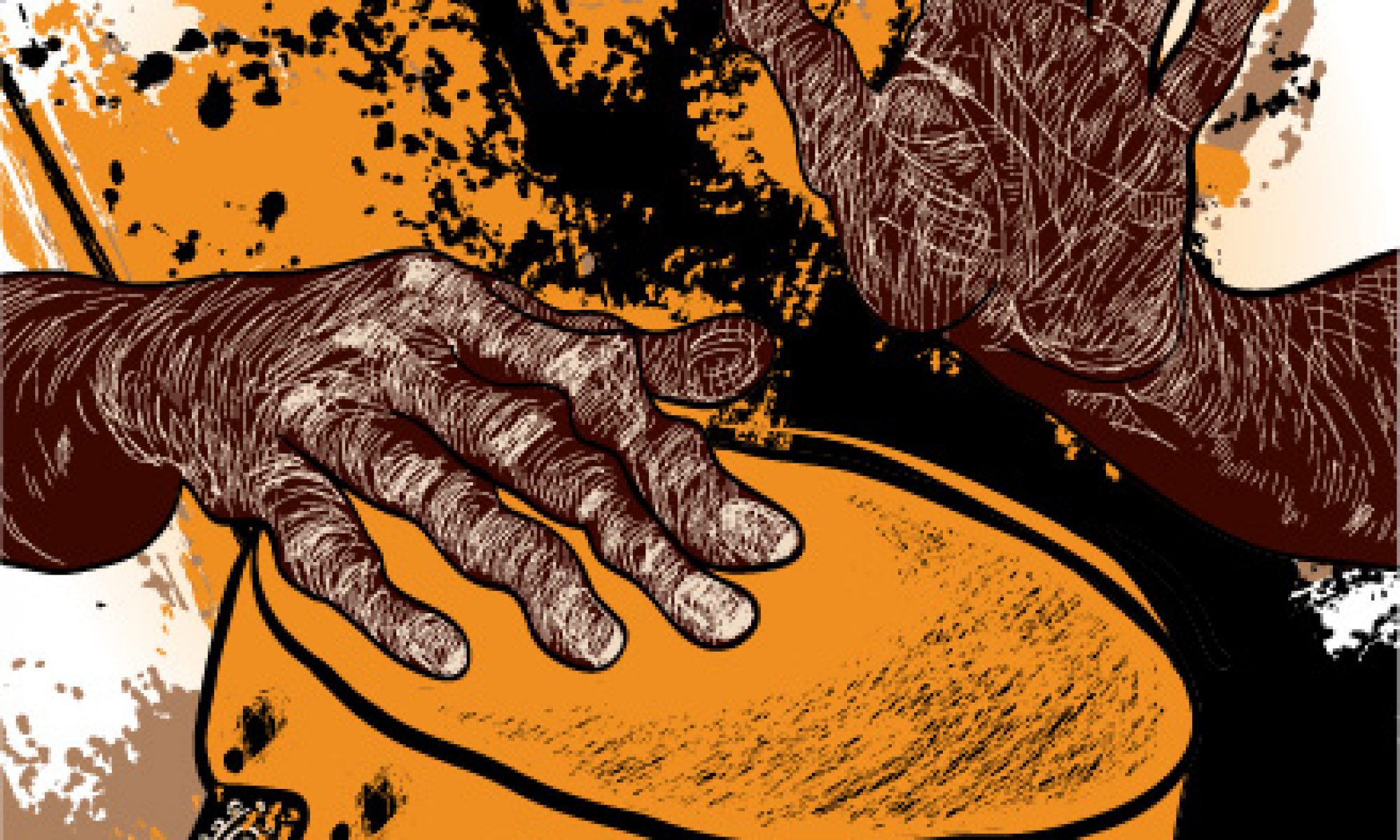
Music's Role in the African-American Community and it's Most Common Structures
by Tristan Coren
Music within the African community had the ability to bring people together. An example from the text states that, “music in Africa…(used) in the royal courts” (p. 5). This proves that music has had a powerful role in African culture. A King would have massive ensembles of musicians to, play as entertainment and introduce themselves to their kingdom’s subjects. A traveler from the 1060s visited the Ghana Kingdom and witnessed the announcement of the king from the beating of a drum in the kingdom square.

While reading this chapter, there are notably many different traditions and characteristics that Music plays for the African American community. The African-American community has struggled for the entirety of their lives. Even During the time of enslavement, our ancestors would sing and shout songs of praise with different timbre. To westerns these sounds were classified as, “‘wild’, ‘strange’ and ‘dismal’,” (p. 8) the loud instruments and vocals struck them with confusion. Europeans simply did not understand and what they do not understand they fear. Yet what one may see has horrific to another is a tradition or a grand celebration.

The creation of music varies and the way it is created can have an effect on the way it is preformed by the artists and experienced by the audience. In earlier centuries the creation of music consisted of the enslaved coming together in a field or abandon building to play, shout and dance. Back then the artist and audience were almost one, whatever you could bring that would make variations of timbre was apart of the performance. Being apart of the performance, creation and audience can have an impact on the environment because it is a sense of harmony an connection not only with each other but their ancestors.
The music realm has existed for generations, with each generation comes more and more things to do with music and sound. Musical structure will forever be played with. One notable structure of music is syncopation. It is able to add a layer of excitement to the sound. Having syncopated rhythms gives the artist the ability to flip a melody completely on its head and produce a different sound. Syncopation has the ability to change the entire song and can change interactions with other timbre within the song. With the example of The Bloom by, Wale: with the introduction the guitar begins strumming and you can hear the percussion syncopating. Soon followed by the brass that comes in with the second melody.
Another musical structure that was once foreign to western Europeans is, polyrhythms. A polyrhythm can be classified as the, “layering of contrasting rhythms,” (p. 14). I believe Beautiful Girl by, CunninLynguists gives an amazing example of a polyrhythmic introduction. Immediately when the song starts you can hear the multiple percussion and brass instruments coming together. Creating a sound like this calls upon years of blending timbre and finding harmonies among instruments that would have never been grouped together. Using polyrhythms while making music can contribute to a different level; being able to hear different beats and sounds and compile them into something new, often better than the instruments adn sounds by themselves.

